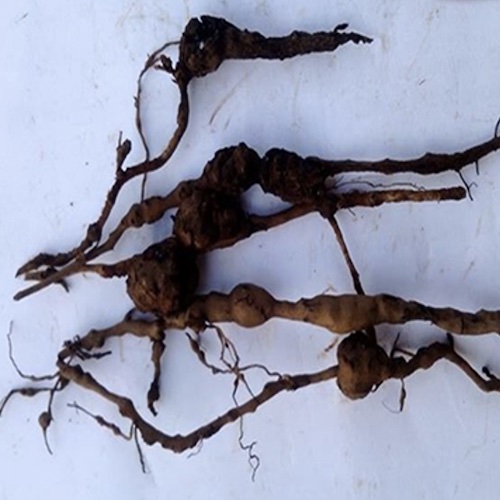
Knowledge Hub
Fusarium solani (Decline disease)

Scientific name
Fusarium solani
Common name
Decline disease
Symptom
- Plants grow slowly, yellowing leaves, dropped leaves, branches drop gradually
- Older leaves usually turn yellow first
- Sparse set of foliage
- Flowering and fruiting are poor, and yield is decreased
- The disease often appears in small localized areas
- Symptoms usually develop slowly and last. The plant dies after a few years
Distribution
- The disease is spread mainly through planting material (infected seedlings) and infected water source
- Irrigation in the garden
- Through working tools carrying pathogens
- Nematodes and fungi with a broad host spectrum (across many crops)
Prevention and Control
Cultivation measures
- Destroy severely diseased or dead plants, do not replant immediately
- Do not replant black pepper on coffee or black pepper gardens infected with nematodes, and not passed the rotation
- Do not use the land already planted with black pepper to make seedlings
- Using disease-free seedlings for planting
- Plow and dry the soil in the dry season before planting
- Should be planted on the live supports
- Intercropping with coffee, fruit plants
- Apply inorganic fertilizer fully, in balance, use organic fertilizer once every 1-2 years
- Limit plowing, do not overwater on the black pepper garden
Biological measures
- Use nematodes in combination with fungicides as recommended
- Nematicides: Chitosan, Clinoptilolite, Trichoderma harzianum. Paecilomyces lilacinus, Hirsultela rhossiliensis
- Fungicides: Trichoderma spp., Chaetomium cupreum
- Treated twice: the first time in May- June and the second time in Sep - Oct
Search
Activities
Downloads
© 2024 Safer Spice. All rights reserved.

 BACKGROUND
BACKGROUND



